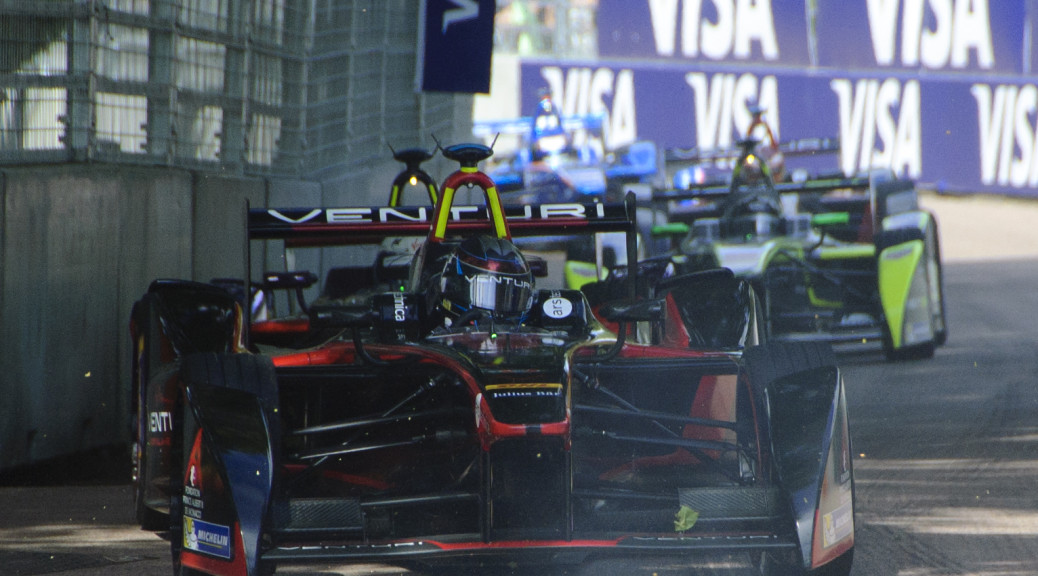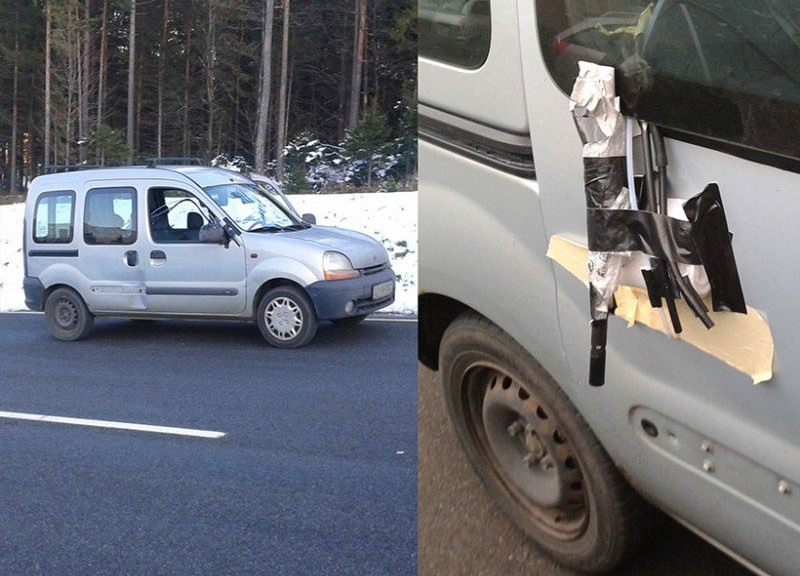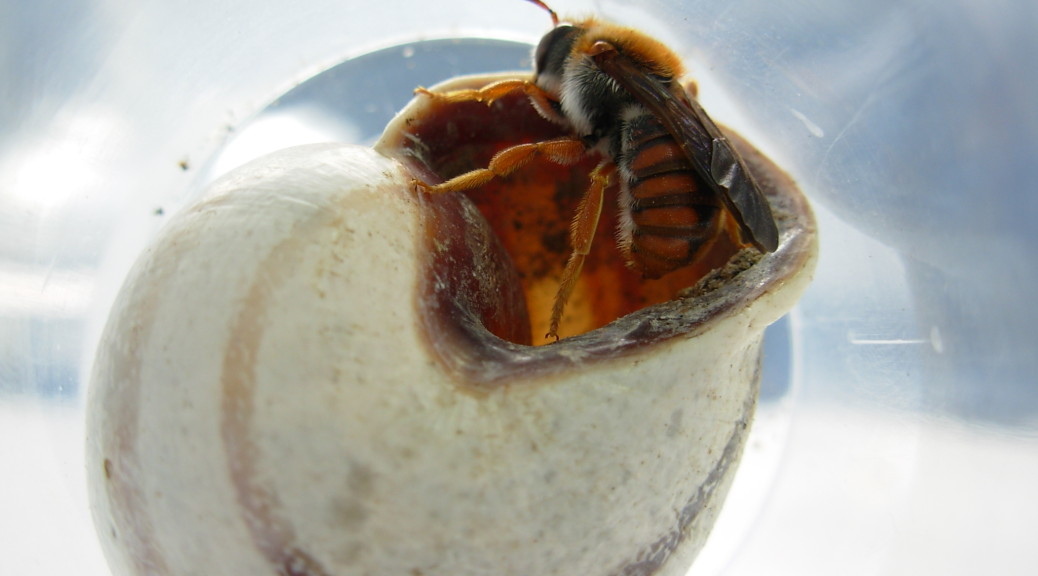Formula E, the electric version of Formula One racing, completed its first season this weekend in London with back-to-back races. NextEV driver Nelson Piquet Jr. came from behind to win the series driver championship and Virgin Racing driver Sam Bird also came from behind to win Sunday’s tight race.
Category Archives: Formats
Tailpipe Study: Newer Trucks Emit More Black Carbon
A new pollution study in Europe using a van to chase other vehicles and measure their tailpipe emissions finds that newer, diesel-fueled, heavy trucks and buses emit, on average, 34% more of the health and climate hazard known as black carbon than older vehicles of the same types.
Continue reading Tailpipe Study: Newer Trucks Emit More Black Carbon
Technologies for Food Detectives
In Europe, concerns about health, taste, and origin collide in olive oil. Its high value, complex flavor, and ever-growing list of known health benefits, combined with a long history of fakes and adulteration, have made it one of three focus foods in a 12-million-euro ($13 million) European Union research project on high-tech tracking of food quality and provenance. (The other two are Scotch whisky and fish.) Paul Brereton, coördinator of the project, says that assuring food’s integrity is in some ways more complex than assuring its safety: instead of just looking for a few known toxins, fighters of food fraud must detect something harder to identify: any adulteration or substitution that might occur to a crook.
Wild bees: Lone rangers
In a green field outside Madrid, at the foot of the snow-covered Guadarrama mountain range, lies a sun-faded snail shell. Its opening sealed with a cap of dried mud, the shell contains the larva of a wild, solitary bee, together with its first meal of bee bread — a mixture of pollen and nectar. Entomology graduate student Daniel Romero picks up the shell and, concluding that it contains the nest of a mason bee, stores it in a clear plastic tube, labels the red cap with a marker, and closes it.
Back at the Complutense University of Madrid, Romero sets ten tubes of the nesting bees he collected on his professor’s desk. They are just a fraction of the hundreds of samples that he and his colleagues will gather during a four-year Spanish government-funded study of how artificial chemicals are affecting the biodiversity of wild pollinators and their immune and reproductive systems. In the warmth of the office, some of the young adults twitch and scratch at their now-crumbly mud doors. Researchers watch the young adult bees slowly emerge into their new world. When the air cools and the humans leave the room, the bees return to their pollen pillows. Unlike honeybees, solitary bees buzz to their own drum.
See an album of photos I took while reporting this story.


